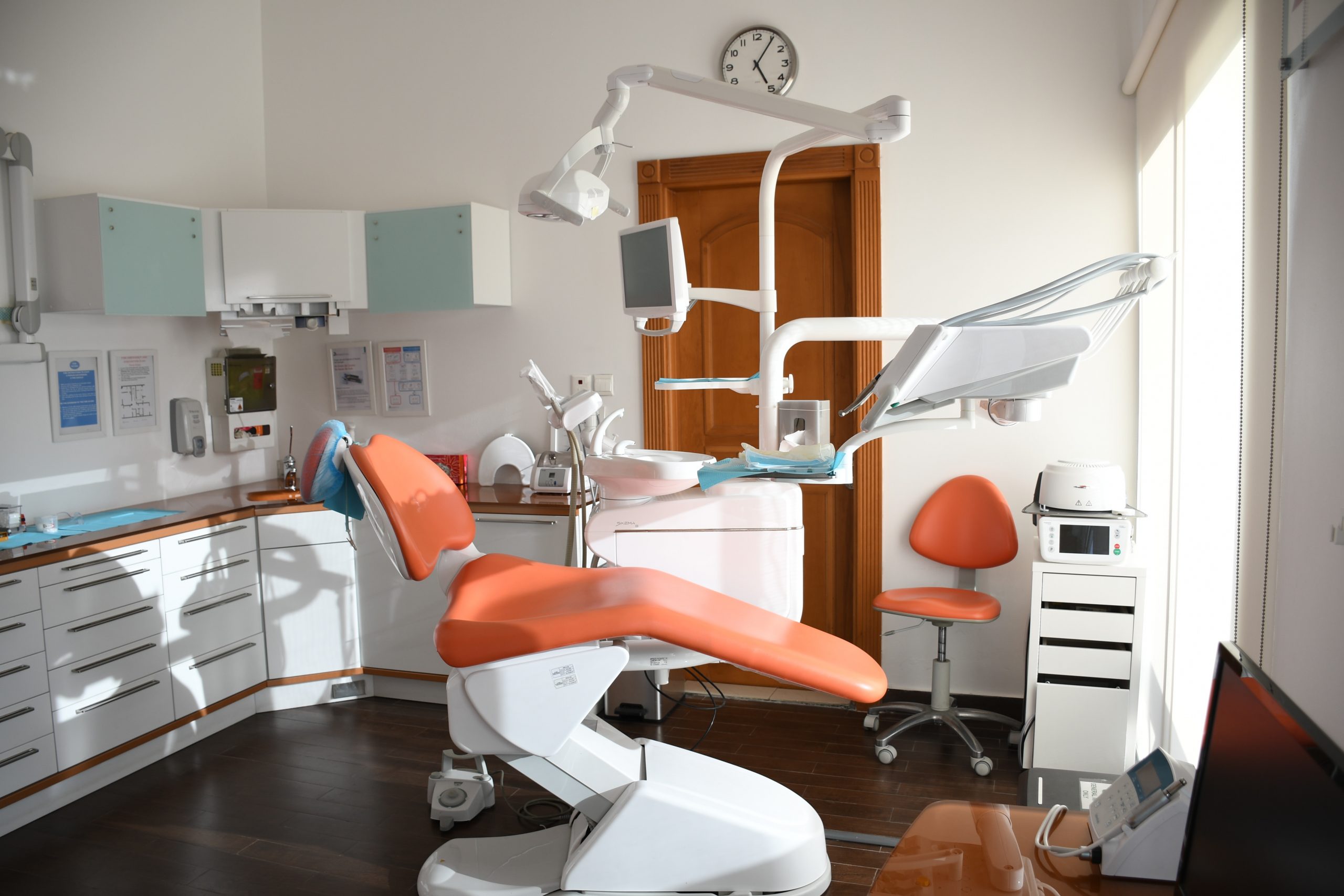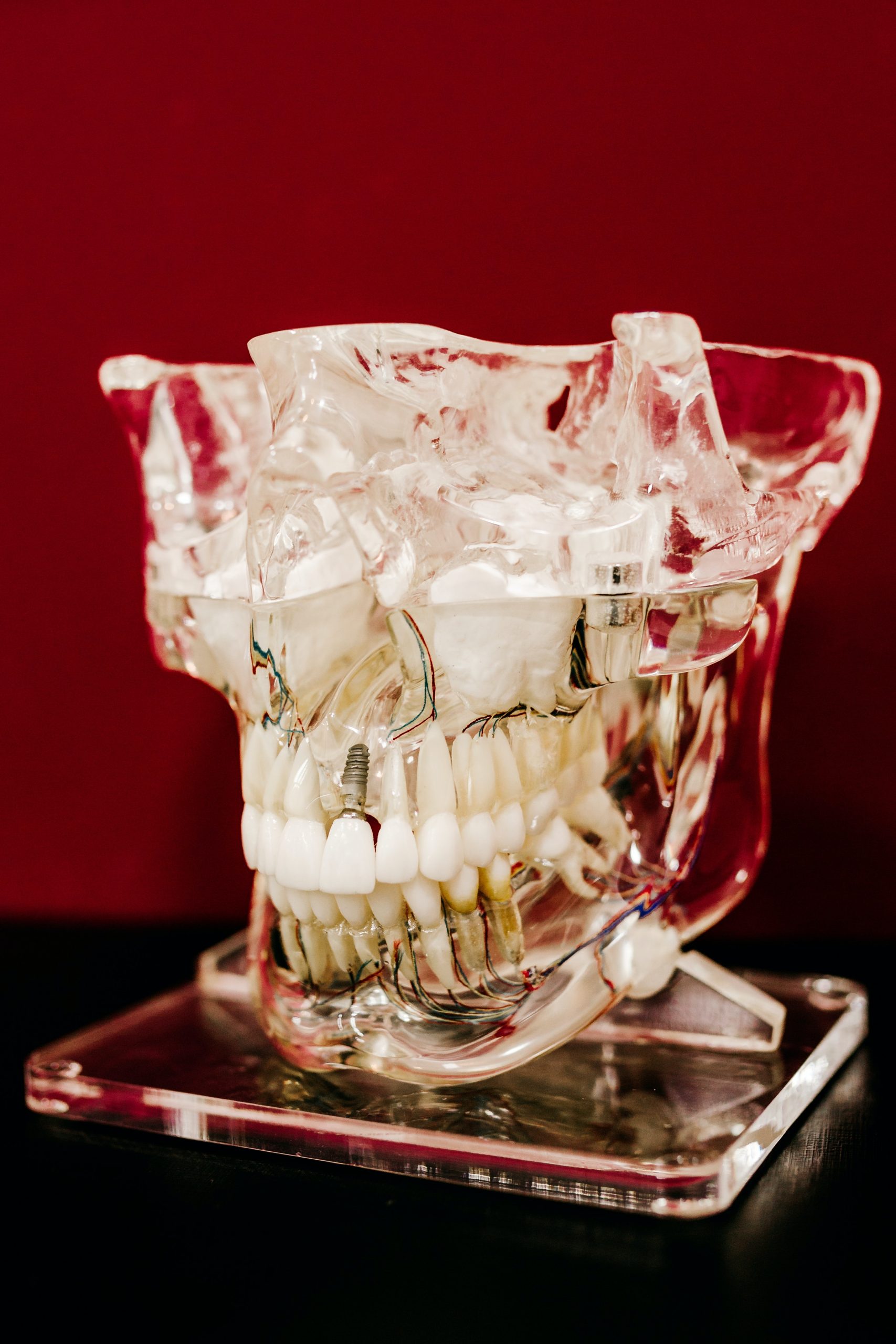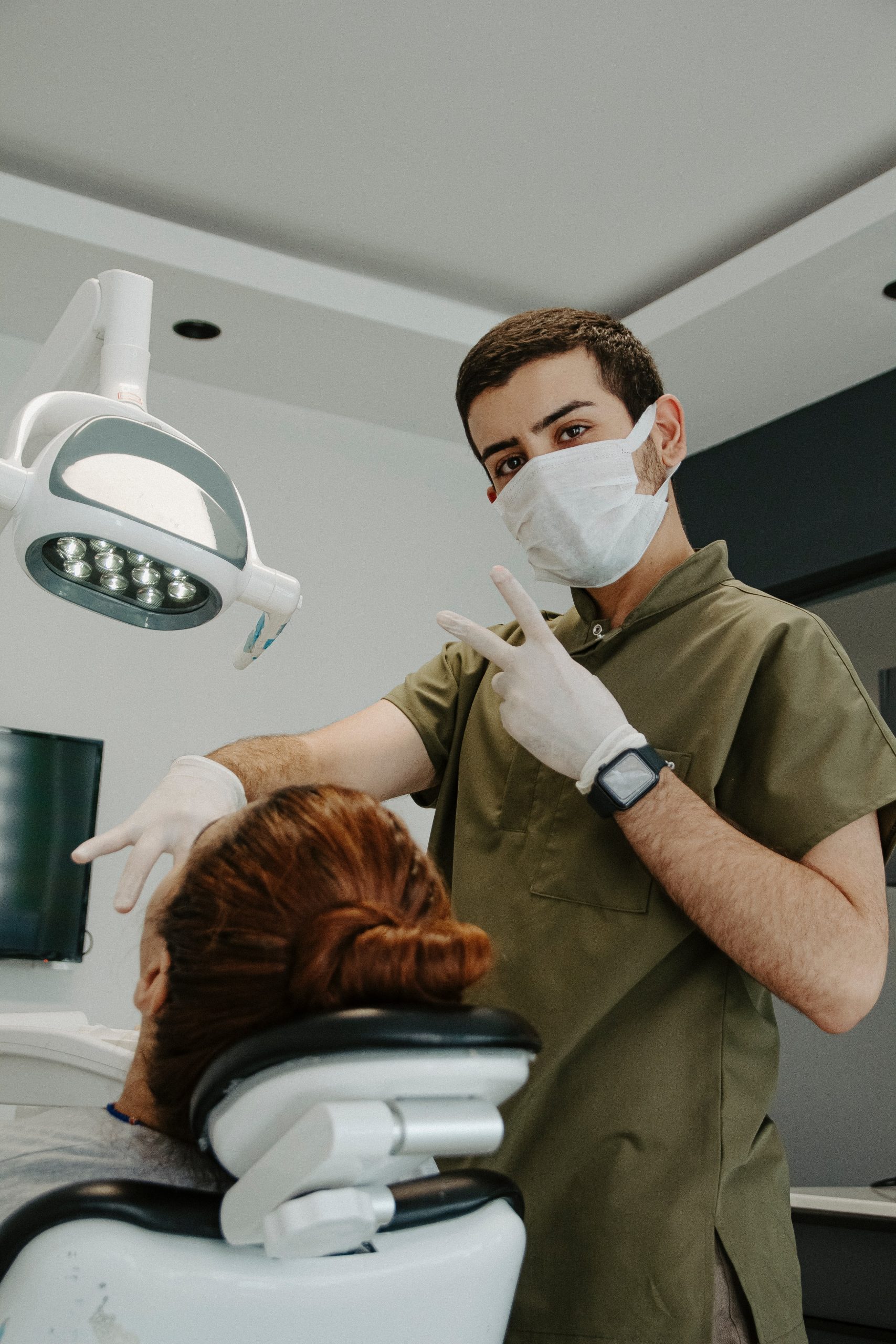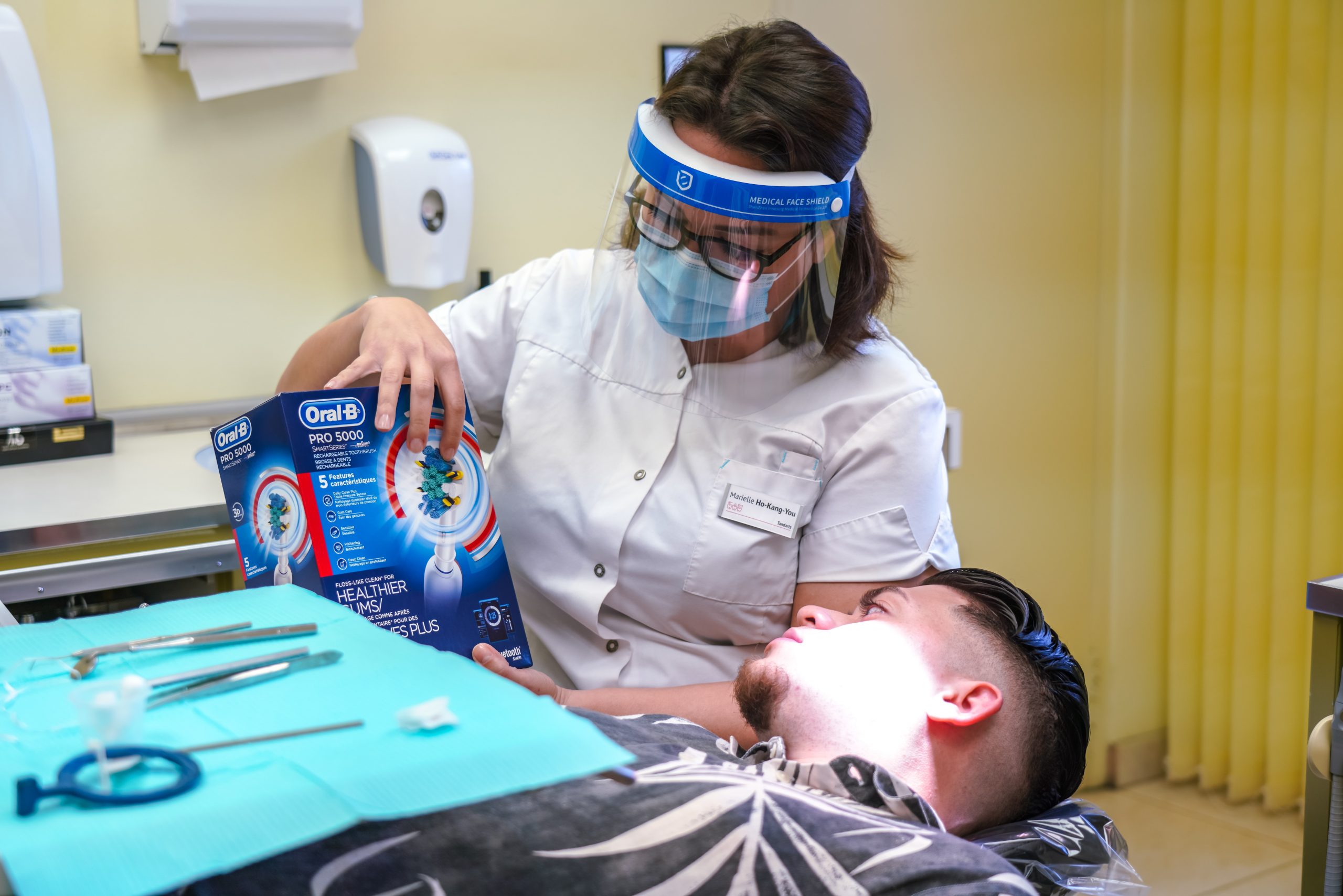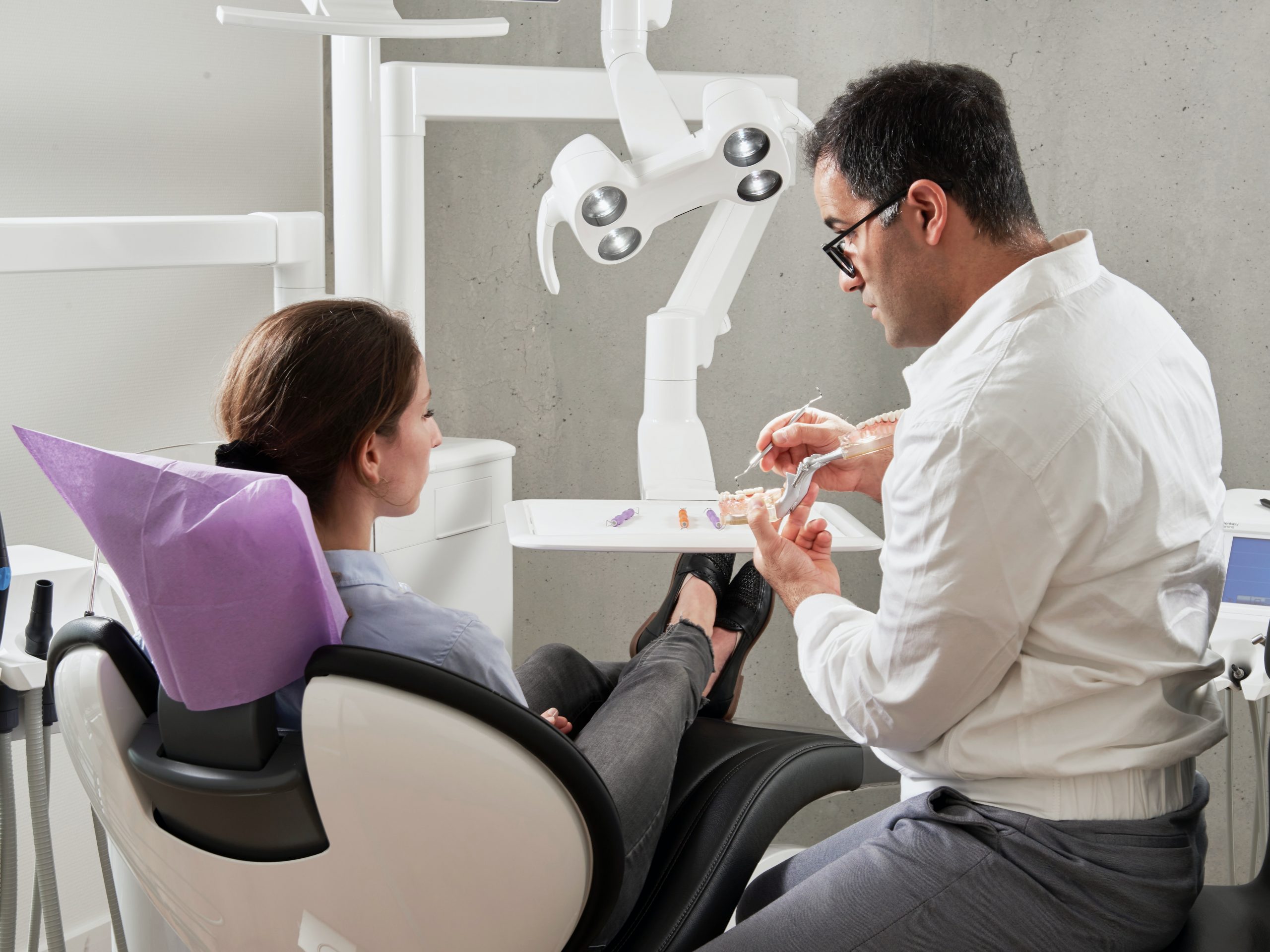
Ergonomics in oral health professions
Ergonomics is the science of designing and arranging workspaces, equipment, and tools to optimize human performance and reduce the risk of injury or illness. In oral health professions such as dentistry and dental hygiene, ergonomics is critical to promoting musculoskeletal health and preventing work-related injuries.
Ergonomics in Dentistry
Dental professionals frequently perform tasks that involve repetitive motions, forceful exertions, awkward postures, and prolonged static positions. These movements can lead to musculoskeletal disorders (MSDs) such as back pain, neck pain, shoulder pain, and carpal tunnel syndrome. Therefore, ergonomics plays a vital role in ensuring the well-being of dental professionals.
Equipment and Furniture
Dental chairs, stools, and lighting are examples of essential equipment that should be ergonomic. Dental chairs should allow for optimal patient positioning, while stools should have adjustable heights to accommodate different postures. Lighting should provide adequate illumination without creating glare or shadows.
Instruments and Tools
Instruments such as handpieces, scalers, and mirrors should be lightweight, easy to grip, and comfortable to use. They should also be designed to reduce the amount of force required to perform a task. Additionally, dental professionals should choose ergonomic instruments that fit their hand size and shape to prevent hand fatigue.
Posture
Maintaining proper posture is crucial in preventing MSDs. Dental professionals should keep their shoulders relaxed, arms close to their body, and wrists straight while working. They should also avoid reaching too far or twisting their spine while working.
Training and Education
Ergonomics training should be incorporated into dental education and continuing education courses. Dental professionals should be taught proper body mechanics, posture, and instrument selection to prevent MSDs. Additionally, they should be encouraged to take breaks and stretch during long procedures to prevent muscle fatigue.
Conclusion
Ergonomics is a critical aspect of oral health professions. Dental professionals who practice good ergonomics are less likely to suffer from work-related injuries and MSDs. Implementing ergonomic practices, such as using ergonomic equipment and tools, maintaining proper posture, and receiving adequate training, can improve the musculoskeletal health of dental professionals and promote overall well-being.

